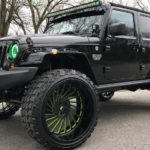Extreme winters are challenging for your car and your driving skills. So, we have compiled some of the most useful tips for you to adopt, to ease out your driving, and to ensure your safe journey in the Winter. You can also read our complete guide about driving in the winter.
Keep all the fluid in check

Keep the engine oil, antifreeze, and brake fluid of your car checked regularly regardless of the weather. But it is a good starting point in preparing for the winters
Winter Tires
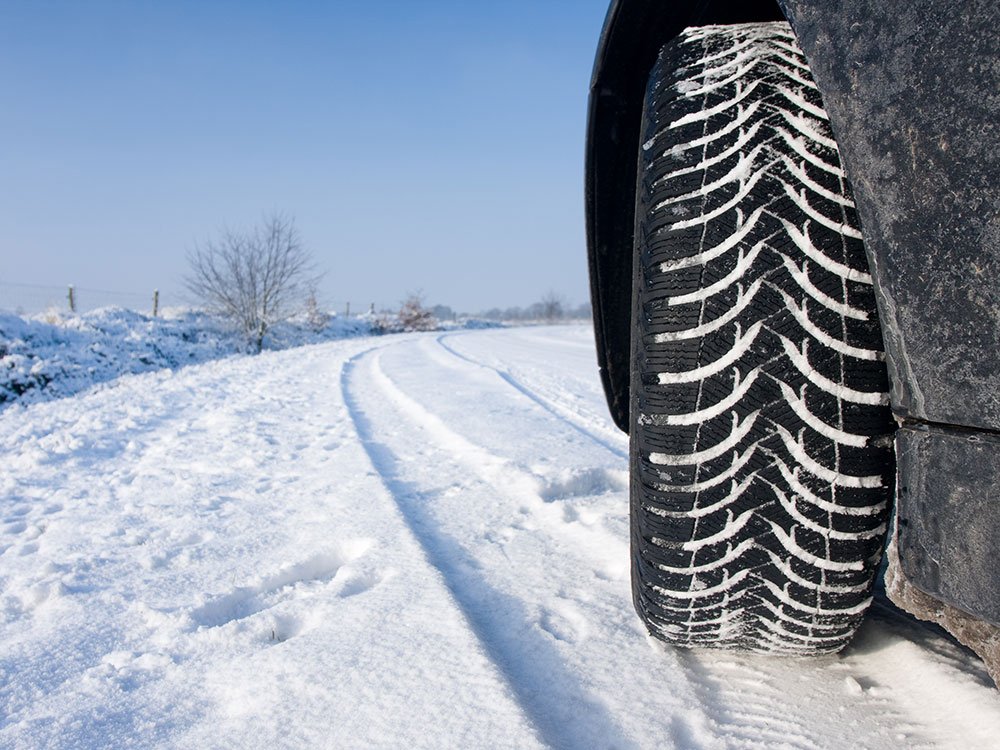
Winter tires are a great investment if it snows pretty hard in your area. They offer a lot more traction than your regular all-season tires in crucial scenarios. It is time to keep your tire pressure checked as well. And look out for any damages on your tires.
Check your Brakes
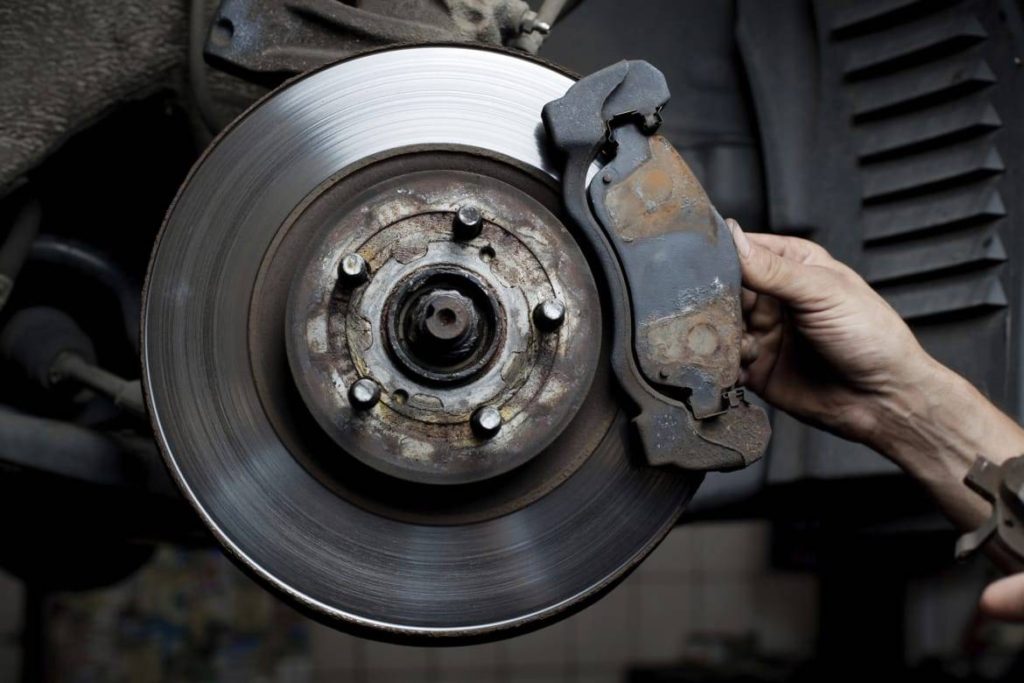
Do check your brakes on routine checkups and engine oil replacements, especially before winter. If you hear frequent squeaks as you brake, it is an indication that your brake pads need changing.
Clear Snow
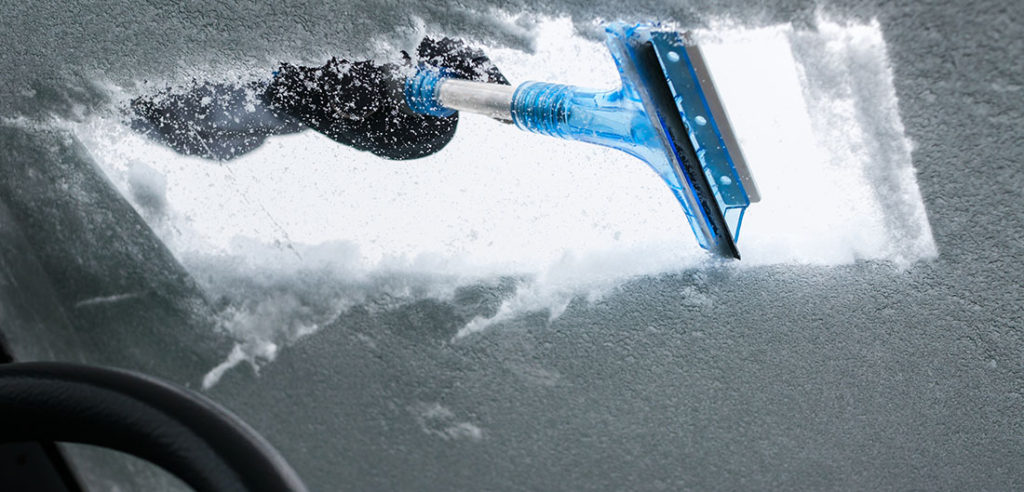
Before getting out on the road. Ensure you have scrapped off the snow off the windshield, rear and side windows, and from the side mirrors. Also, ensure you have cleared any snow or ice blocking the car’s exhaust. Also, ensure to clean any snow build-up on the car’s headlights or fog lights.
Warm-up
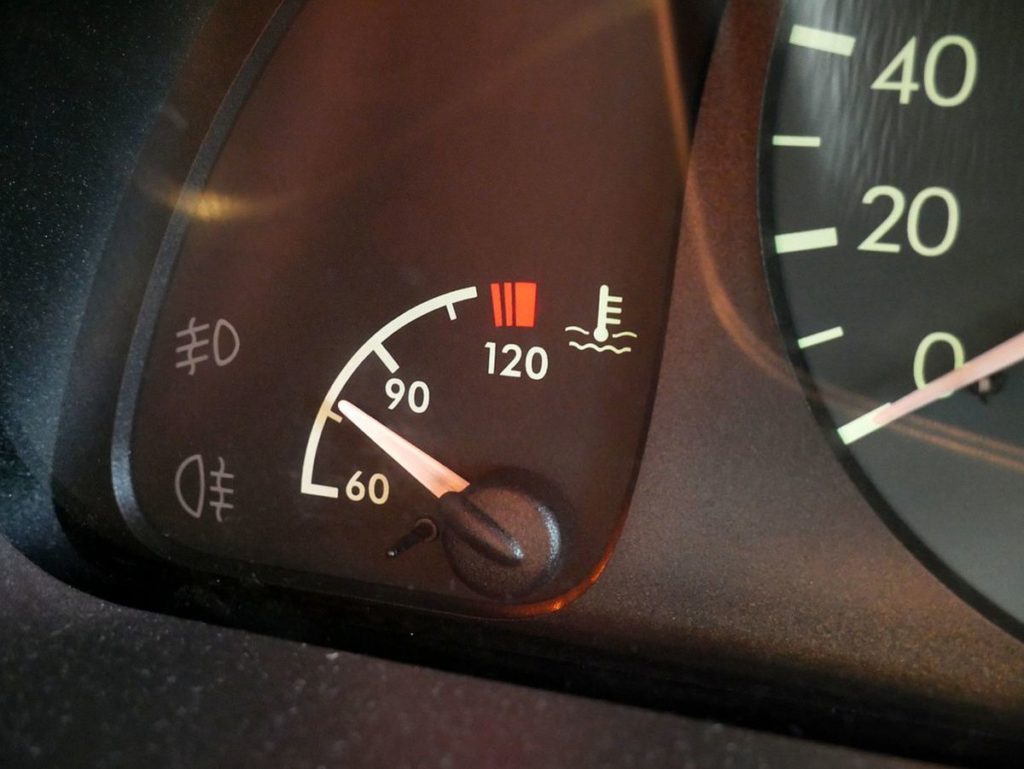
Although warming up your car engine before taking it out on the road is advisable, still, avoid warming up your car’s engine in an enclosed garage to avoid suffocation.
First Aid and Supplies
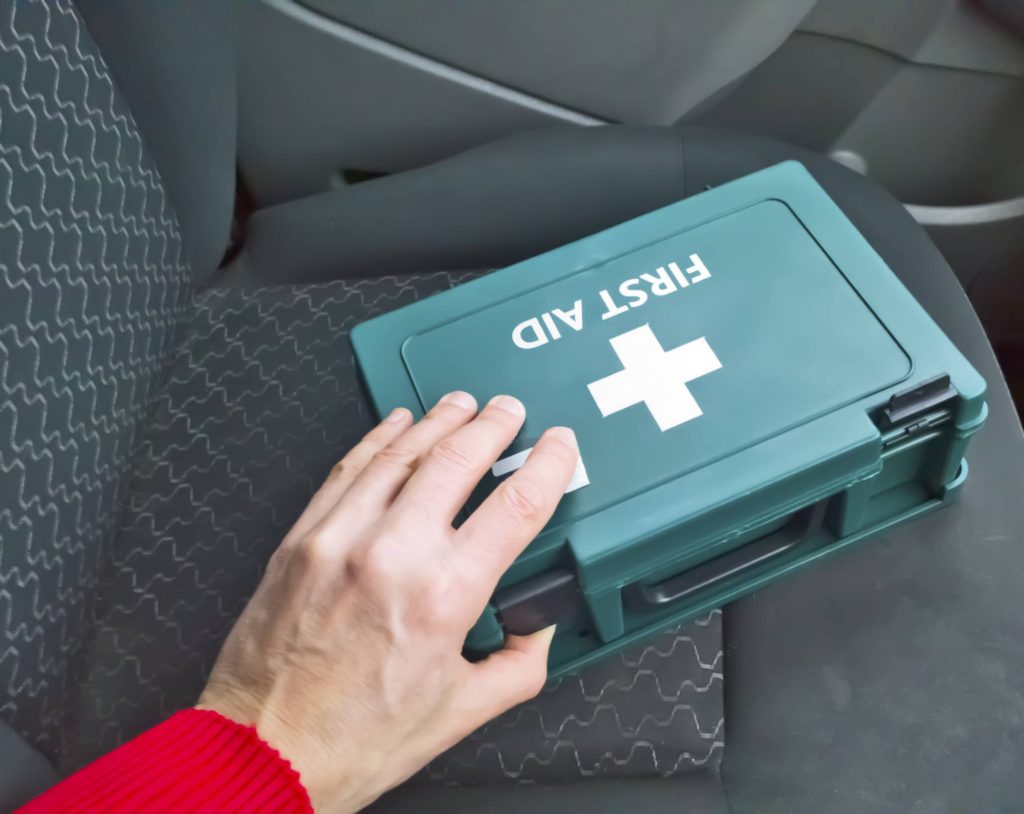
In winter, you can get caught up in a blizzard without any prior warnings. So, it is a good measure to equip your car with basic first aid supplies such as blankets, shovels, snacks, power banks, flashlights, and jumper cables, etc.
Look out for icy roads
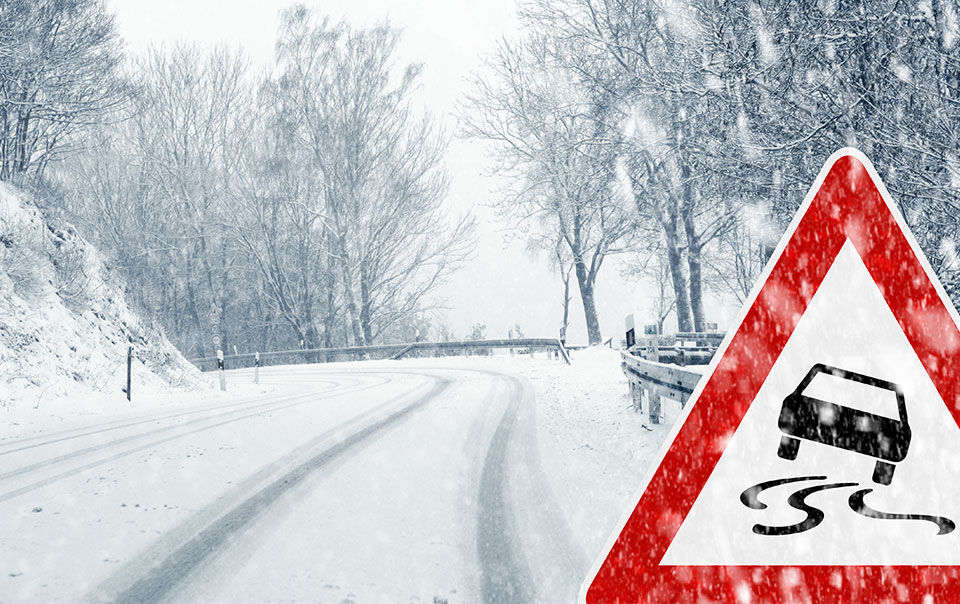
While driving, look out for icy roads to gradually decrease your speed on them. A great indicator of ice on roads is your mirrors. If ice is starting to form on them. It does mean that it is also forming on the road. Also, the ride gets a bit quieter as it shifts from snow to ice.
Gradual acceleration

Accelerate and decelerate on the roads gradually. For coming to a stop, slightly start pushing the brake pedal up to a complete stop. Do not try to maneuver any sudden or tight turns at high speed to avoid getting out of balance
Momentum is key

For an uphill snowy patch, build your momentum initially and try not to break it. Try not to accelerate uphill and maintain the initial speed as you have built up for the hill. Also, while coming downhill, use engine braking instead of brakes, by using lower gears (1,2).

